
Read our monthly property and architecture newsletter.
Thank you! Your submission has been received!
Oops! Something went wrong while submitting the form.
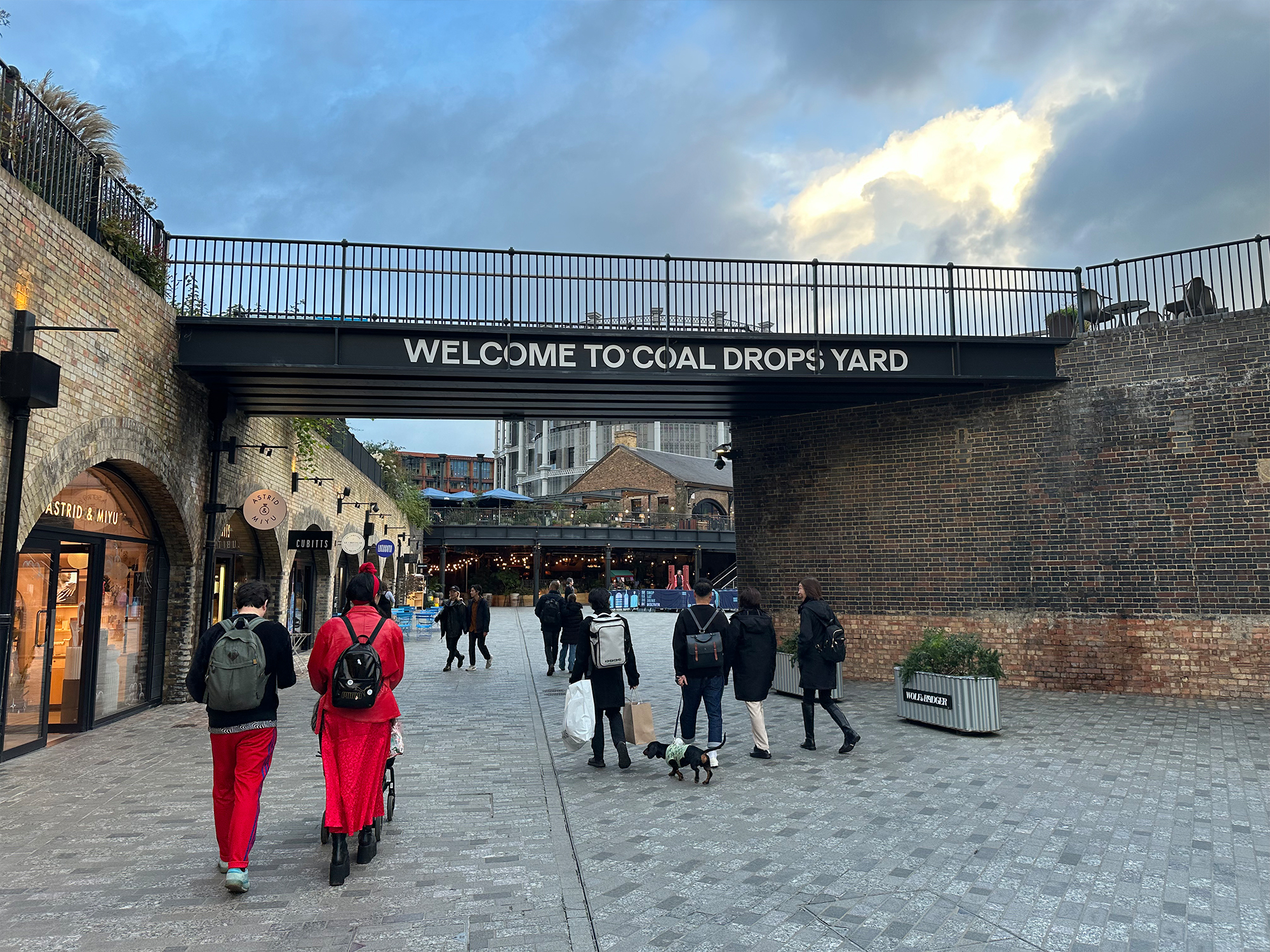

I have long considered myself a student, and more recently, an analyst of what makes commercial real estate branding successful. Across my travels and client work, I have been fascinated by the difference between spaces that are merely designed, and those that are truly brought to life through a brand experience.
When I say branding, I do not mean a logo or a brochure. In commercial real estate, branding is about finding a voice for the commercial and experiential difference that architects and developers imagine. It is the story of a building, the character of its interiors, the wayfinding, the public spaces, and the cultural life that happens in and around it. Branding is the bridge between vision and reality.
A well-considered brand experience, brought to life by a powerful brand identity, has a ripple effect. It elevates perception, attracts the right tenants, and creates environments where people feel proud to work and belong. A lack of one leaves buildings underperforming, floors half-empty, and communities disengaged.
Over the past year I have visited projects and conferences across the UK and the Middle East, observing how branding makes or breaks a building’s identity.
ICD Brookfield Place, Dubai
What impressed me most was how different it felt from so many other Dubai offices. Instead of closed, heavy spaces, it felt open, fresh, and focused on the user experience. You could sense it was designed with people in mind, from the lobby to the communal areas. Contrast that with other offices I visited: long queues at lifts, poor wayfinding, and an overall sense of “cheap” design despite premium rents. The difference was brand experience rooted in intent.
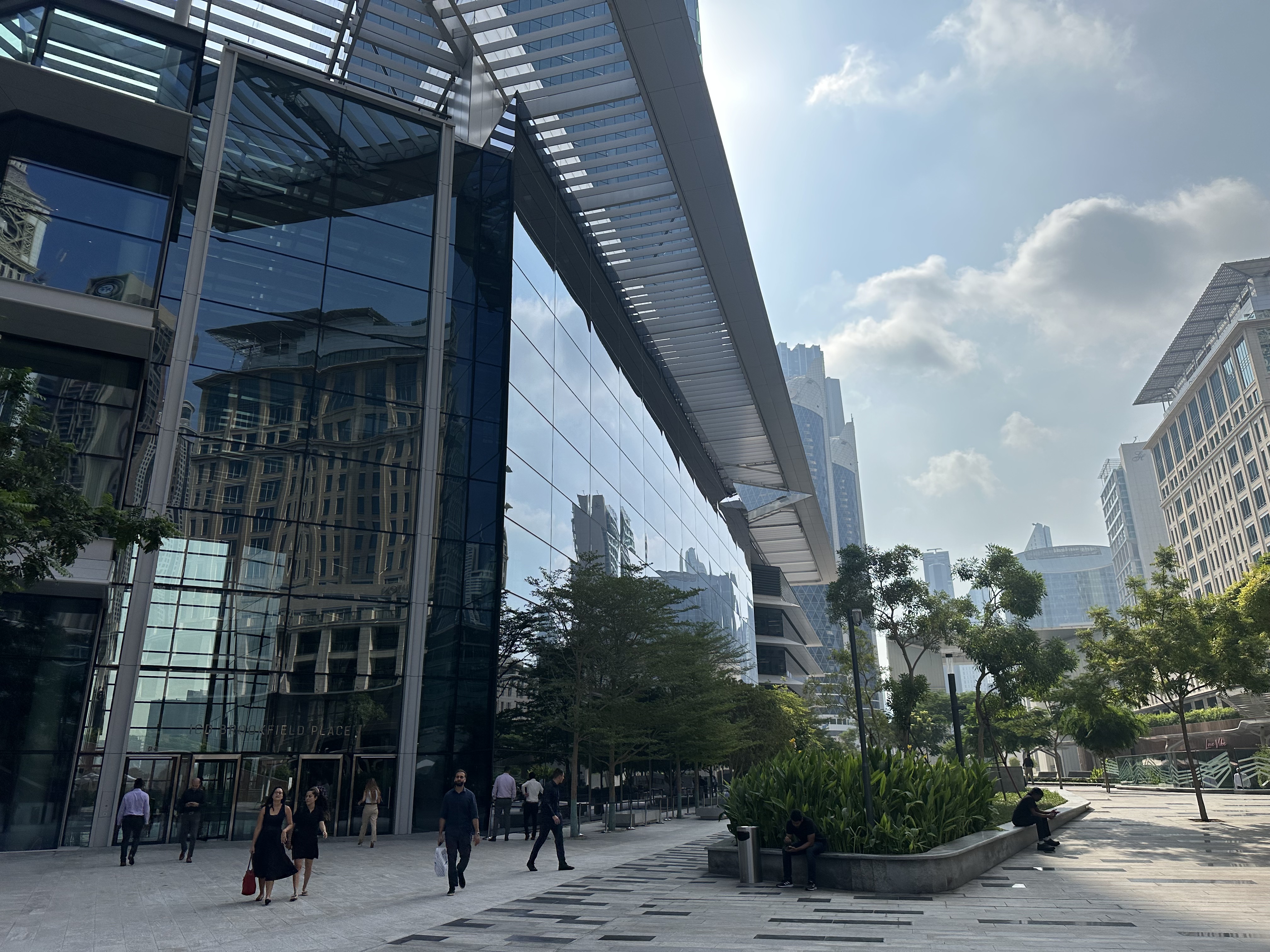
Rethinking office amenities
At UKREiiF this year, James Finnis of JLL asked: “Have we over-amenitised our offices?” In many city centres, developers are packing gyms, cafés and wellness facilities into single buildings, trying to keep tenants inside.
In Dubai, some of the most successful districts take the opposite approach. They are designed as communities, with amenities spread across the wider neighbourhood. Instead of overspecifying individual buildings, they create balance by offering pockets of culture, leisure, and wellbeing just a short walk away. This not only makes the community more resilient, it also prevents offices from becoming bloated and disconnected from their surroundings.
It is a reminder that branding should not only shape what happens within the four walls of an office, but also how that building connects to, and benefits from, the life around it.
7 Park Row, Leeds
Here the landlord made a conscious effort to invest in brand and interiors. They even commissioned a bespoke art installation for the reception and basement, designed to complement the scheme and add character that tenants and visitors immediately connect with. It is these touches, where branding meets experience, that signal to tenants that this is a place to build culture, attract talent, and welcome clients with pride.
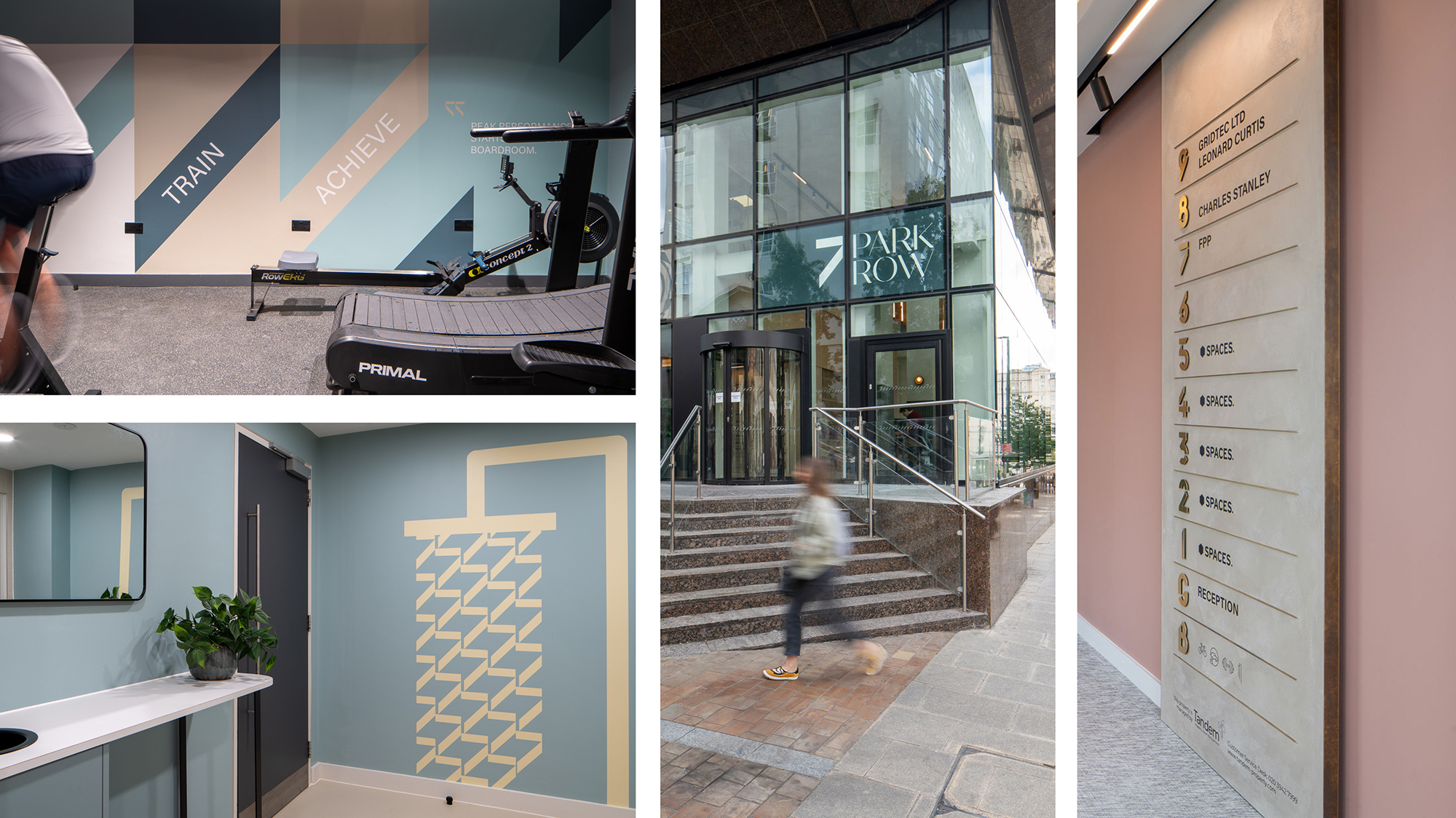
*image credit: https://www.sonofjackphotography.co.uk
30 Semple Street, Edinburgh
At Semple Street, the developers knew from the outset that a strong brand experience would help attract the right tenants and secure pre-lets before completion. By presenting the space not just as square footage but as part of a bigger story, they created demand early and set the building apart in a competitive market.
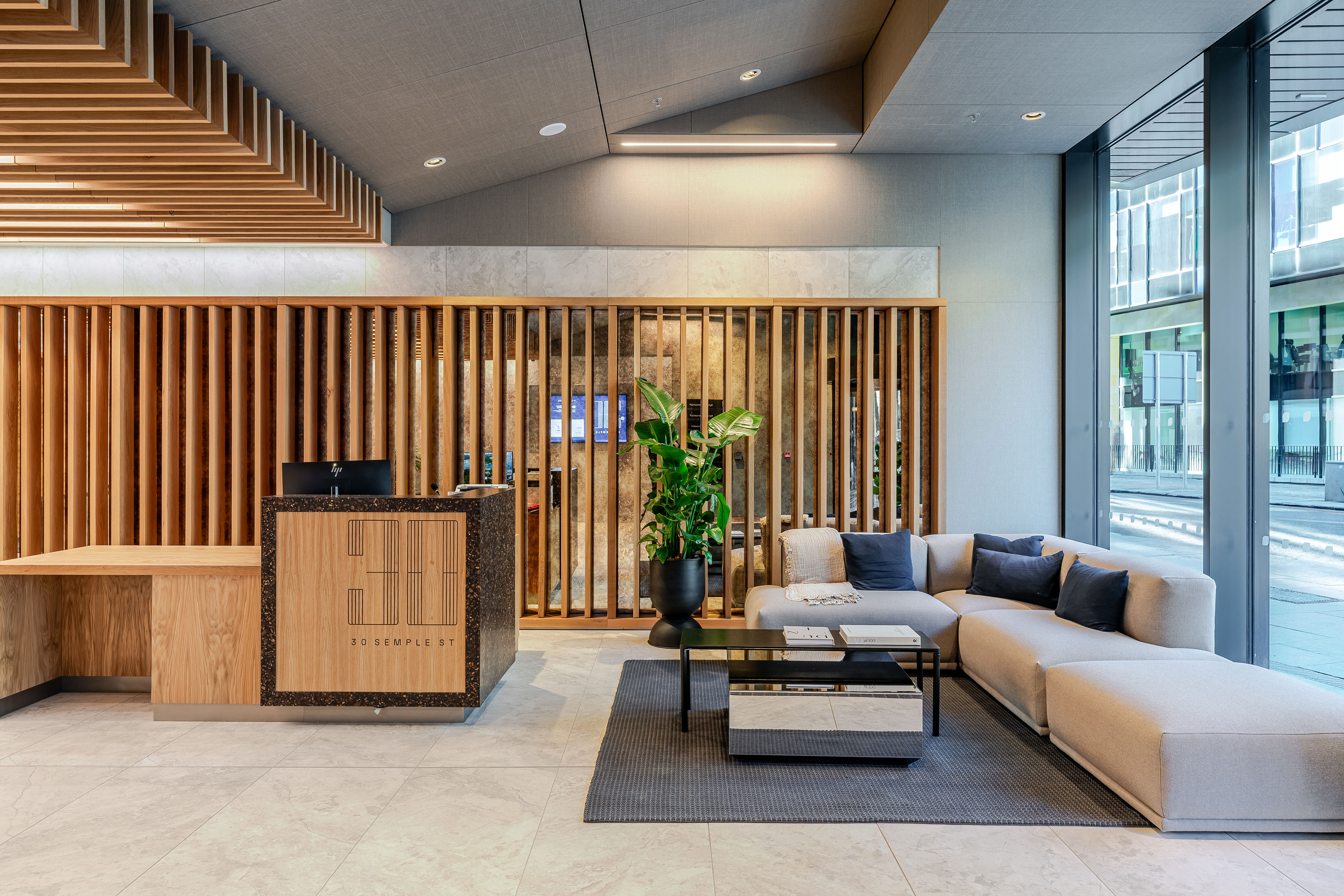
Coal Drops Yard, King’s Cross, London
Coal Drops Yard shows how branding and placemaking combine to create destinations. Its architecture, flow and identity were intentional, not bolted on. At UKREiiF, it was cited as a project that succeeded by embedding cultural strategy into the brand. Regular events increase dwell time, raise awareness of office stock, and generate returns. The key insight: measure cultural strategy with the same rigour as leasing performance.
This approach echoes the Principles for a Human City from the King’s Cross regeneration, which call for vibrancy, mixed uses, accessible public realm, heritage and culture as part of any healthy city quarter. Coal Drops Yard works because it was designed for people not just as tenants but as citizens and visitors.
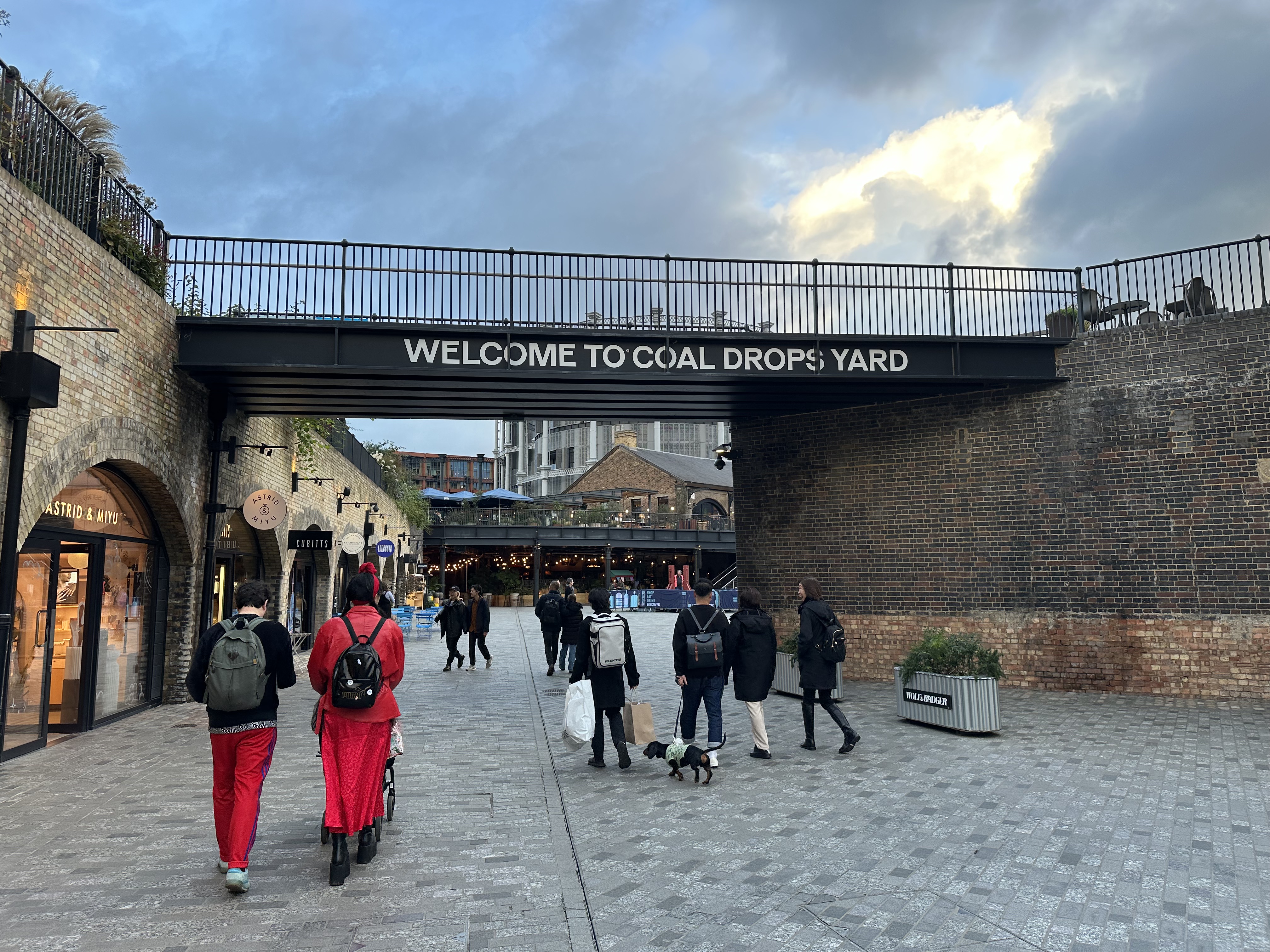
Edinburgh Park: Art, Culture and Wellness in Practice
Edinburgh Park demonstrates how art and outdoor space shape brand experience. Its arts and sculpture programme includes works by Sir Eduardo Paolozzi, Ann Christopher and William Tucker, alongside landscaped routes and quirky installations. These create opportunities for walking, reflection and informal interaction, all of which support health and wellbeing.
At UKREiiF, discussions highlighted how embedding art and culture into developments can improve health outcomes, with evidence pointing to long-term savings for public health systems such as the NHS. Reducing stress, encouraging activity and providing a sense of pride show that culture is not decorative, it is fundamental to the brand experience.
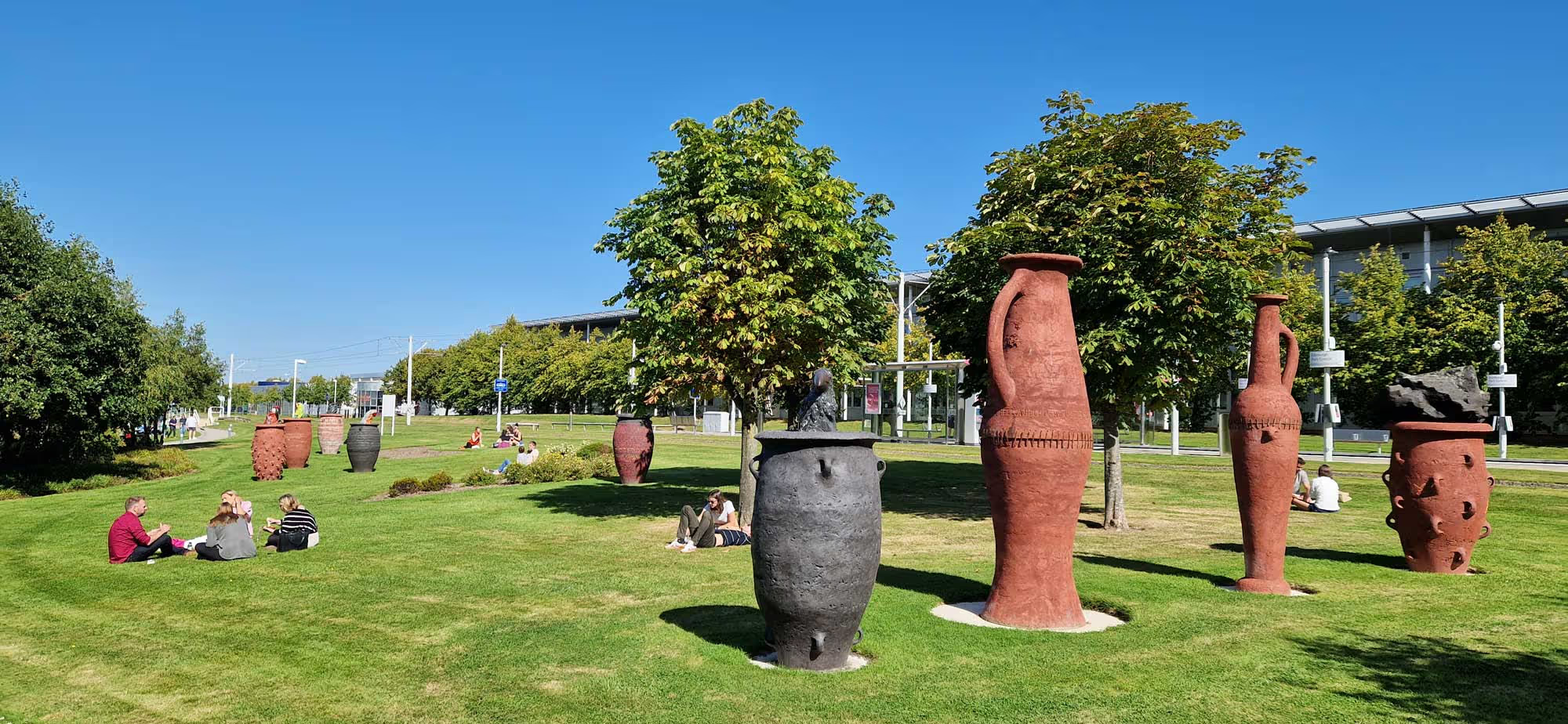
Too often, landlords overlook the value of brand experience. Buildings lie part-empty, while owners resist investing in the cohesive brand experience that brings a development to life. They may spend millions on hard infrastructure, yet neglect the identity and narrative that shape how people perceive and use the building.
So how can branding deliver impact? From my observations, a few recurring practices stand out:
The most successful commercial real estate brands do not treat branding as window dressing. They use it to translate vision into experience.
The real challenge is not why branding matters, but how to apply it effectively. That means weaving brand experience into every stage of development: from the initial design brief, through interior detailing, to the activation of public space. It means making deliberate choices about the story a building tells, the community it connects to, and the culture it enables. And it means holding those outcomes accountable with the same seriousness as financial performance.
Branding succeeds when it is not just a visual identity but a lived experience. That is how places move from being simply occupied to being embraced.
Because in the end, we are not branding square footage. We are shaping commercial environments where businesses grow, employees thrive, and places gain a life of their own.


